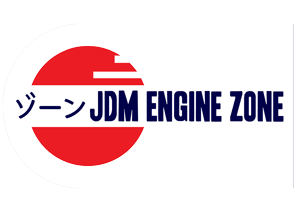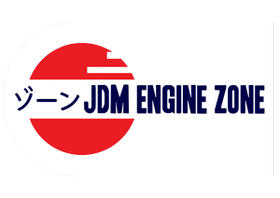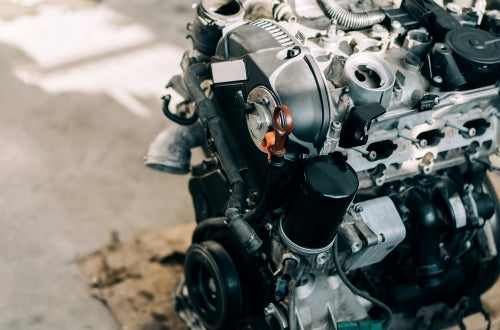The 5 LEAST Successful JDM Cars That Failed to Impress
The 5 LEAST Successful JDM Cars That Failed to Impress

Not all products are destined to be successful! And some cars definitely belong to the unsuccessful category. Even the best automakers fail to impress the consumers and critics with their car releases here and there, and Japanese companies are no exception; though their vehicles are usually more successful!
Japan has been known for producing some of the best cars in the world. Car enthusiasts have always appreciated Japanese Domestic Market (JDM) cars for their quality, performance, and style. However, not all JDM cars have been successful in the market. In this blog post, we’ll be looking at the 5 least successful JDM cars that failed to impress. From production errors to poor designs, these cars proved to be a flop in the automotive industry.
1999-2005 Suzuki Kei

Suzuki is not by any means a bad automaker, but they definitely failed to understand what makes compact cars successful in 1999. Kei was both uncomfortable and underpowered, failing to reach sufficent speeds and climb steep elevation.
The Suzuki Kei was supposed to cater to the demand for mini cars in the automotive market. However, it failed to attract customers due to its boxy design and lack of comfort. The car’s engine was underpowered and couldn’t handle highways, leaving customers unimpressed.
2001-2006 Honda Civic Hybrid

Hybrid technology has come a long way over the years with constant improvments and advancements, but during its infancy years; hybrids were not the most reliable vehicles on earth. Civic Hybrid was surely one of them, driving its drivers to insanity with constant breakdowns.
While Honda has been known for producing some of the most efficient cars, the Civic Hybrid was a disappointment. The hybrid system was faulty, leading to frequent battery replacements that cost the customers dearly. Additionally, the car’s design looked similar to the regular Civic, which didn’t justify the extra cost for the hybrid version.
1975-1981 Toyota Cressida

Today, Lexus and Toyota are known for their efficent and comfortable cars. But back in the 70s, Toyota tried their shot at the luxury car market. Cressida was similar to the Mercedes cars of that era, but lacked many of the features its competitors had. Though thanks to failures like this, Lexus came to life!
The Toyota Cressida was Toyota’s attempt at creating a luxury car for the US market. However, its outdated design and below-average performance made the car fall short of expectations. The Cressida also lacked features that were common in its competitors like air conditioning and power windows.
1989-1994 Nissan Pulsar GTI-R

Nissan has produced many successful high-performance vehicles, but Pulsar was not one of them. Poor drivetrain and stiff handling made this car a nightmare to drive.
The Nissan Pulsar GTI-R was supposed to be a rally car, yet it failed to live up to its expectations. The car had issues with its all-wheel-drive system and its poor handling made it difficult to drive on dry roads. Its poor fuel economy also didn’t attract the customers.
2002-2003 Mazda Protege5

Protege 5 didn't actually do anything exceptionally bad, it just lacked many features its competition had. Sadly, this vehicle was outshadowed by the more successful designs.
The Mazda Protege was seen as Mazda’s answer to the compact hatchback market. However, the car lacked features that its competitors offered, like a sunroof and leather seats. Its design was also considered bland, leading to poor sales.
While JDM cars are known for their quality, performance, and style, not all cars have been successful in the market. These 5 cars proved to be a disappointment due to a variety of reasons, including design, performance, and features. Check out our stock of genuine JDM engines to impress your friends!




